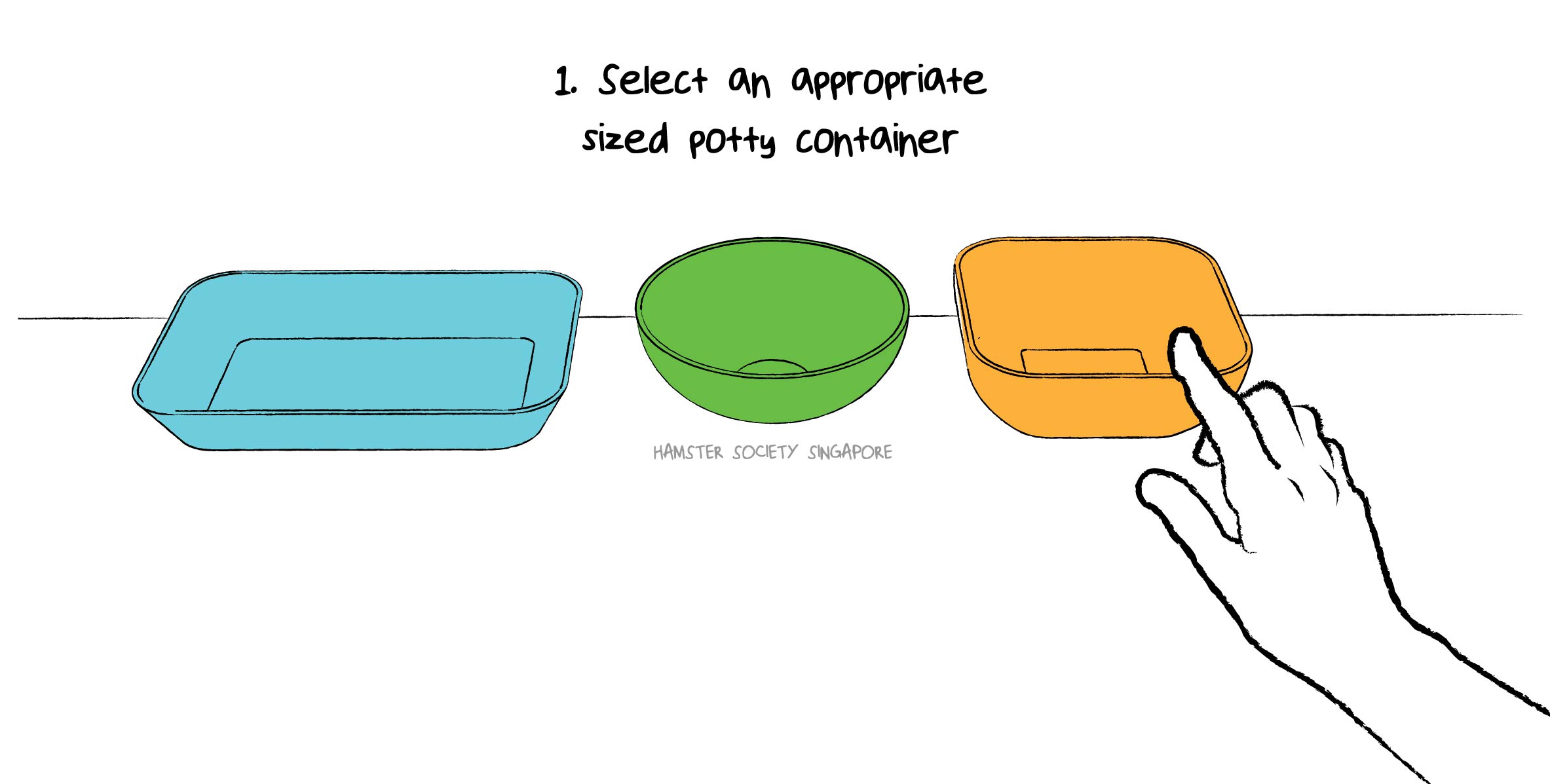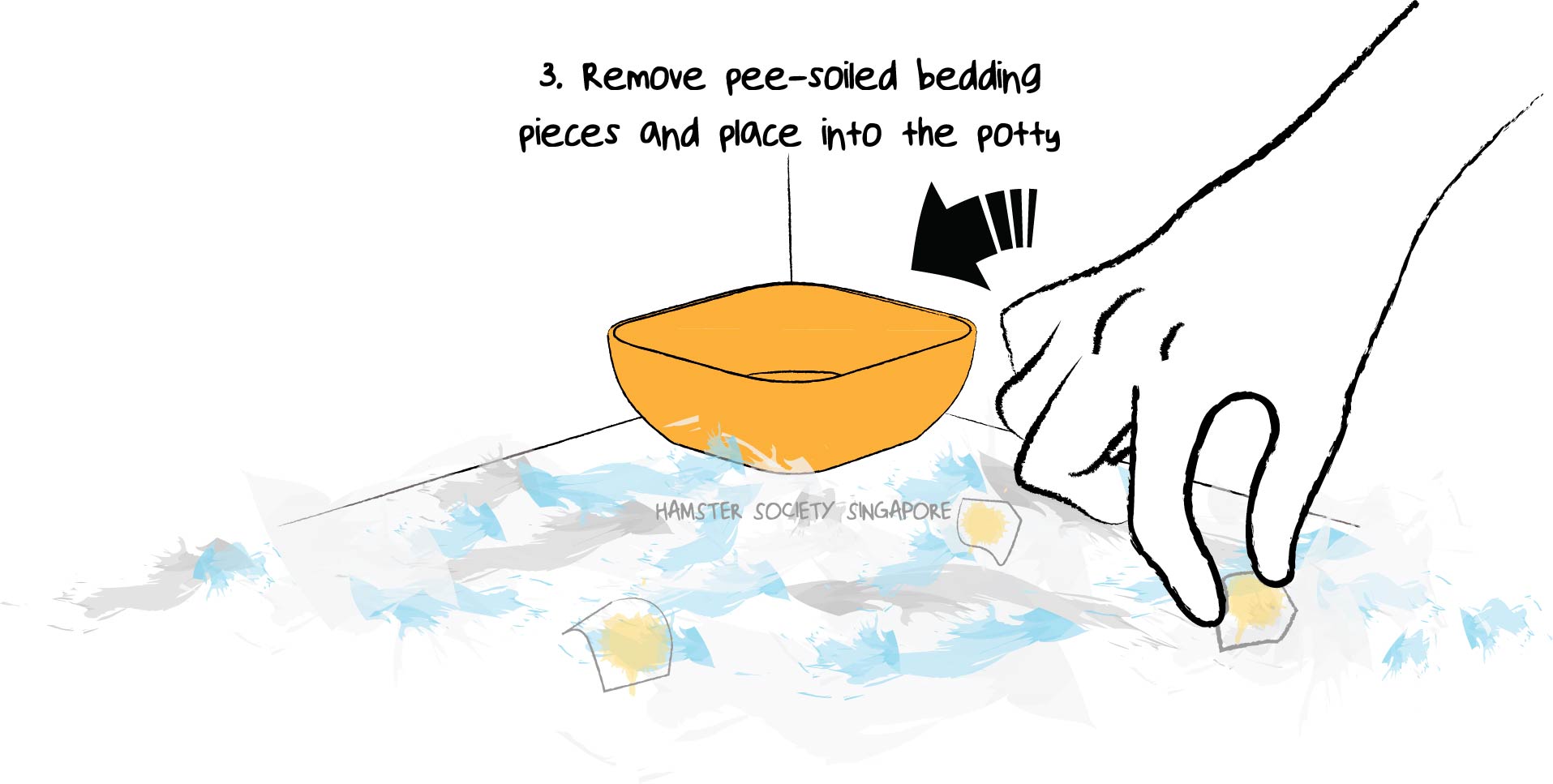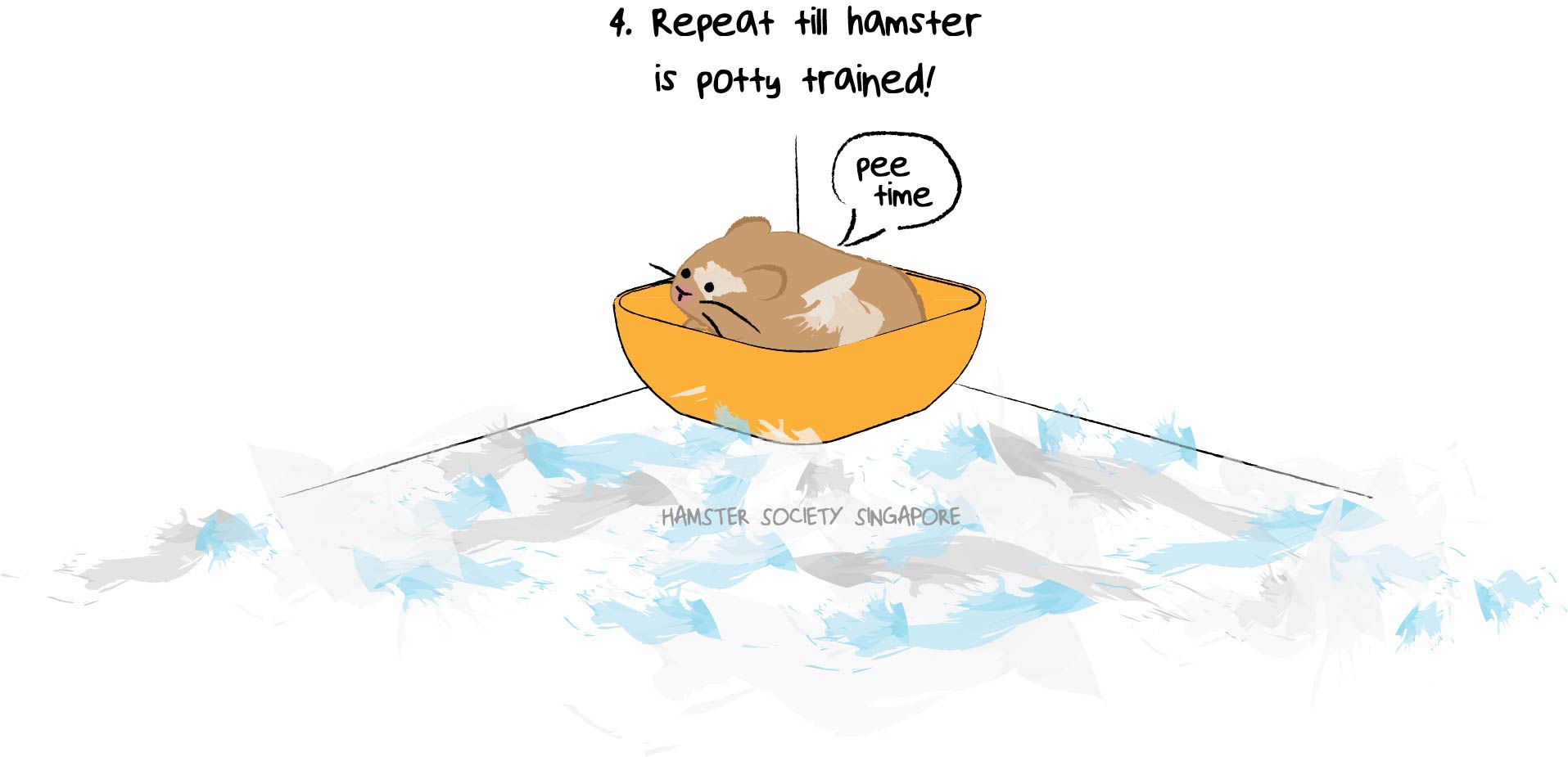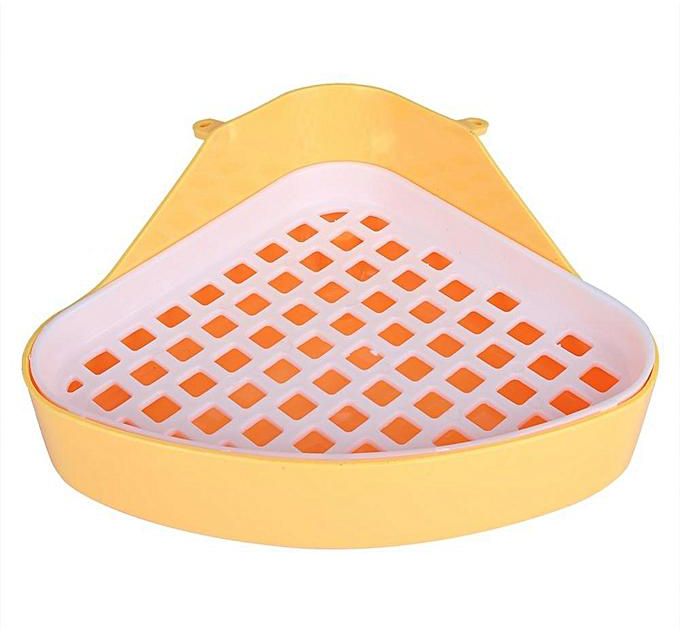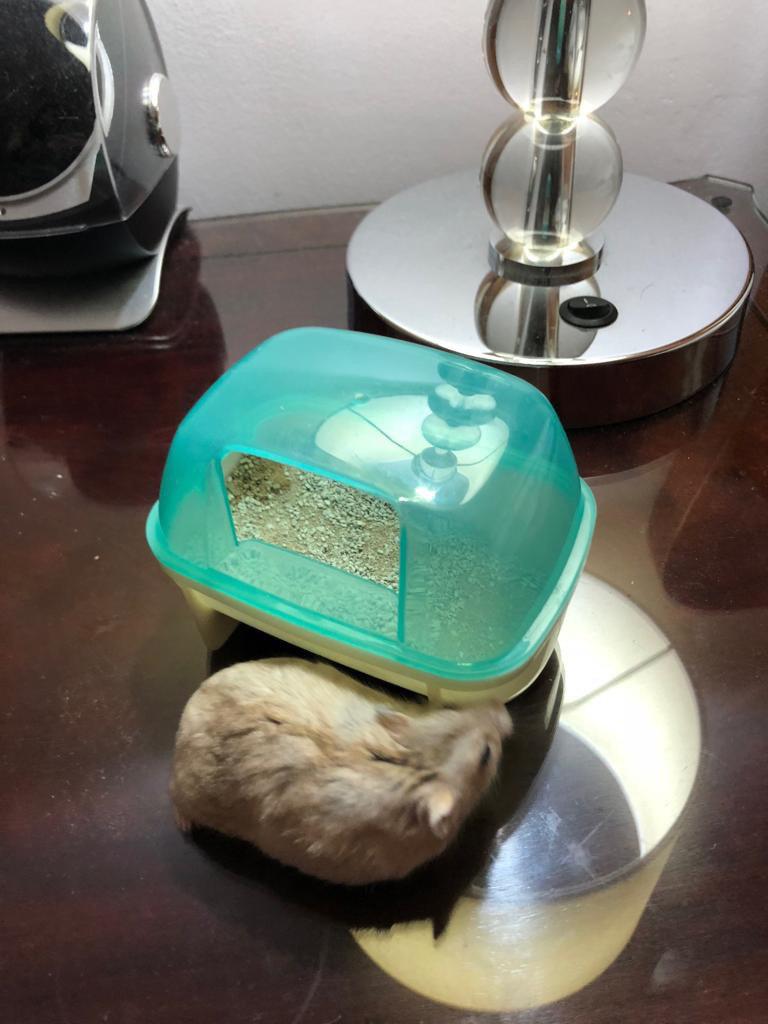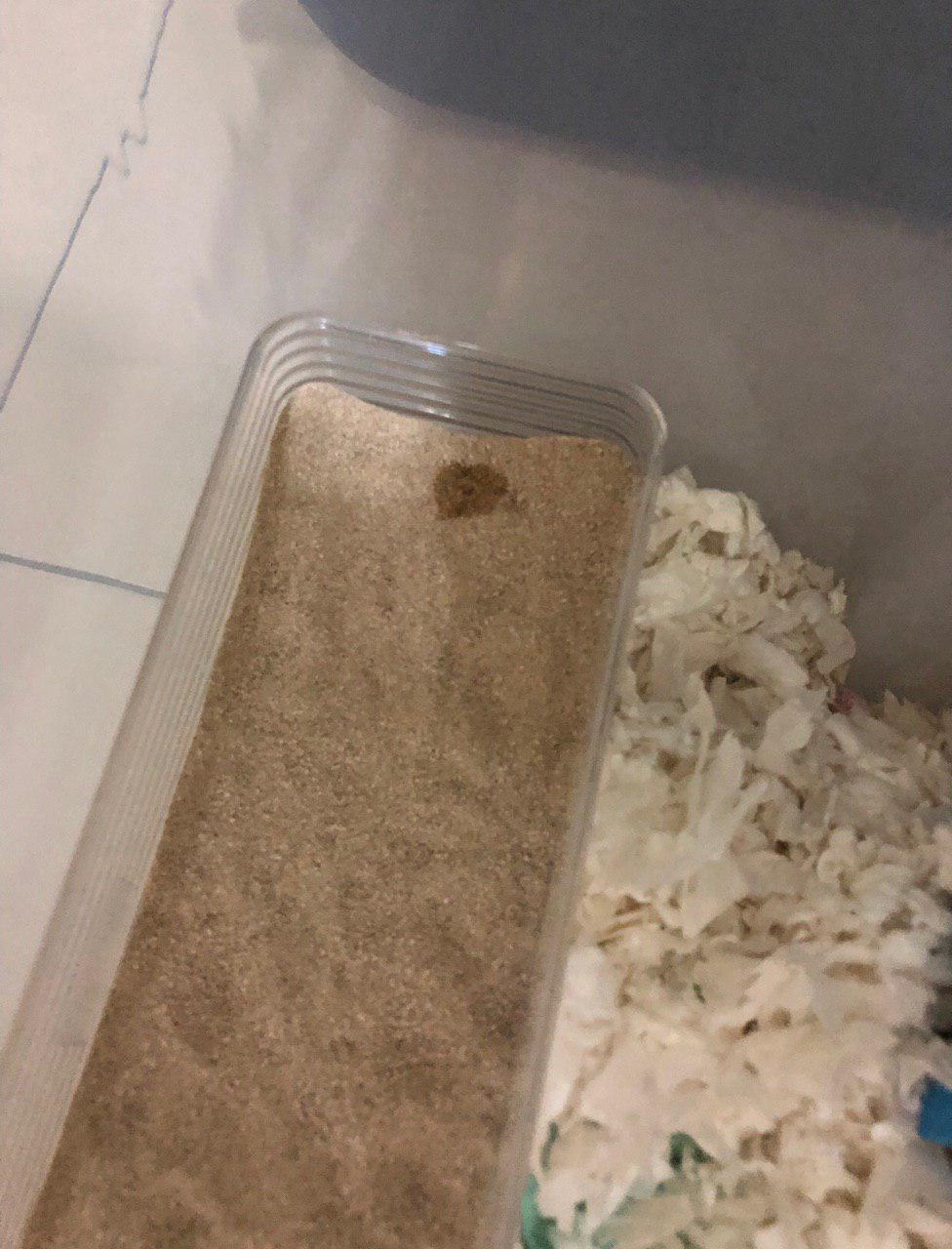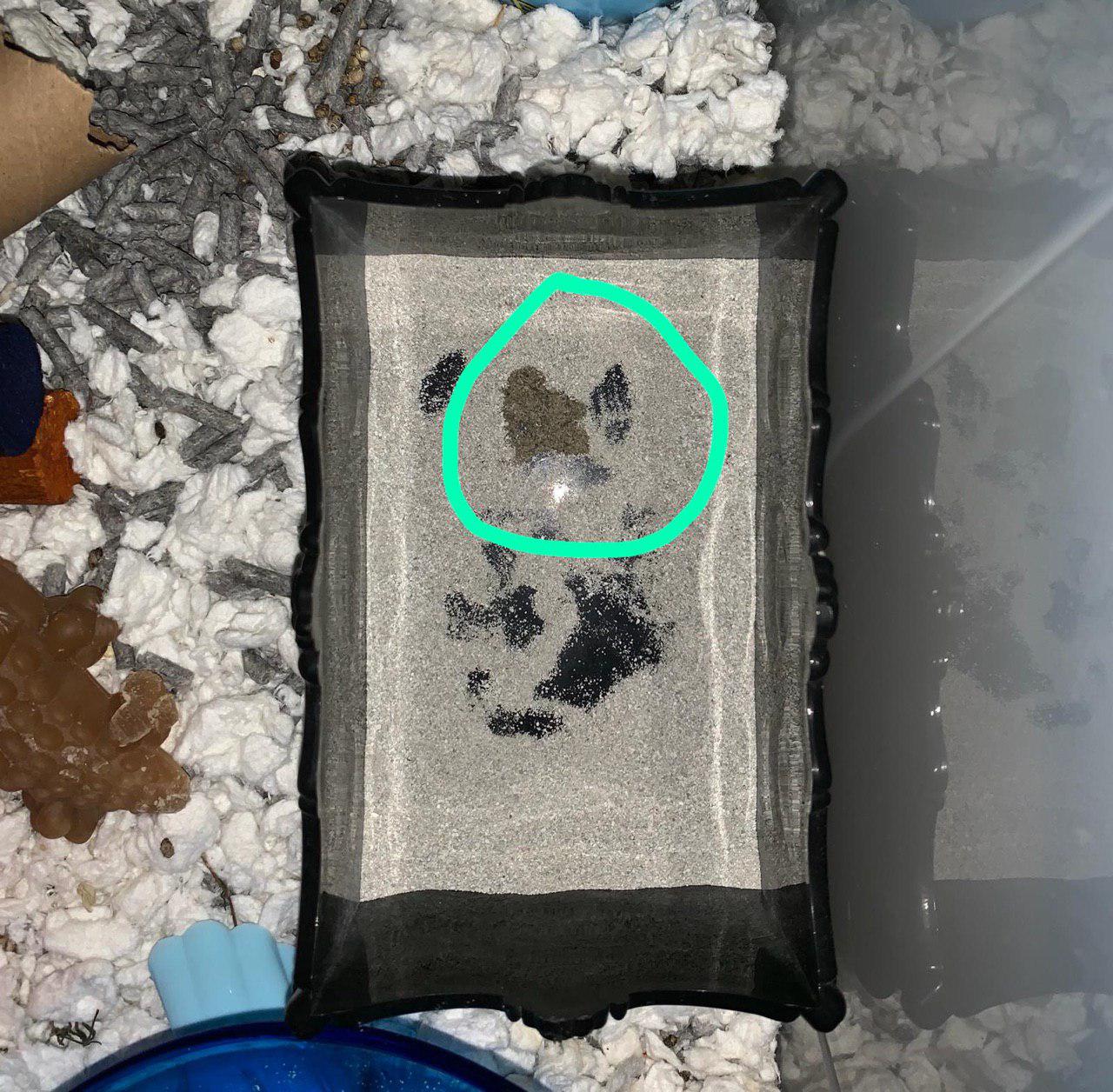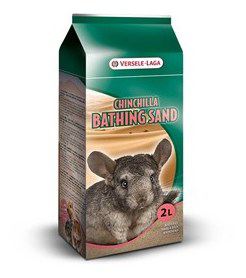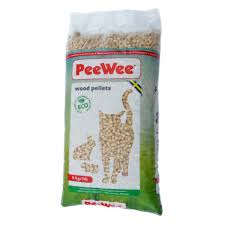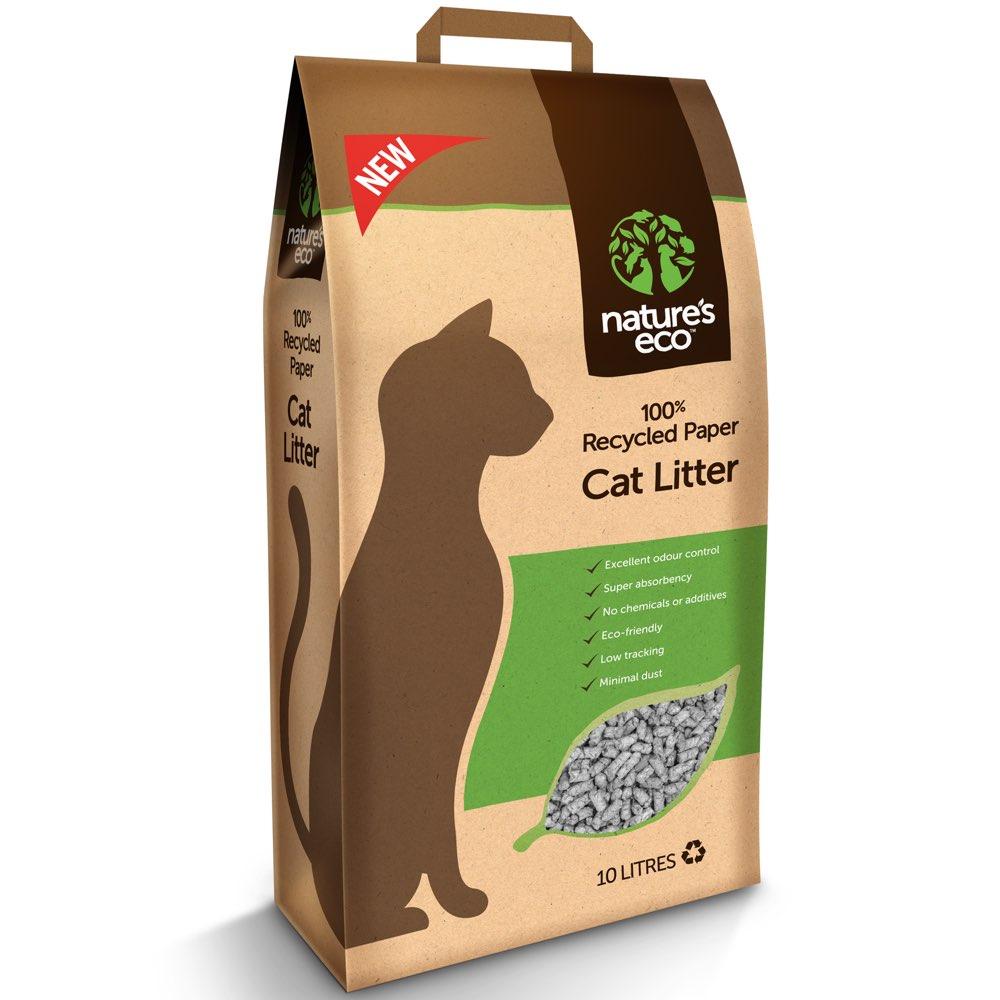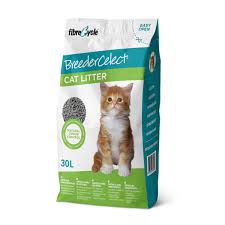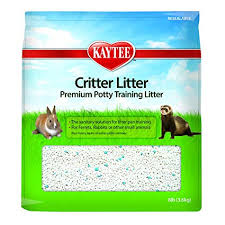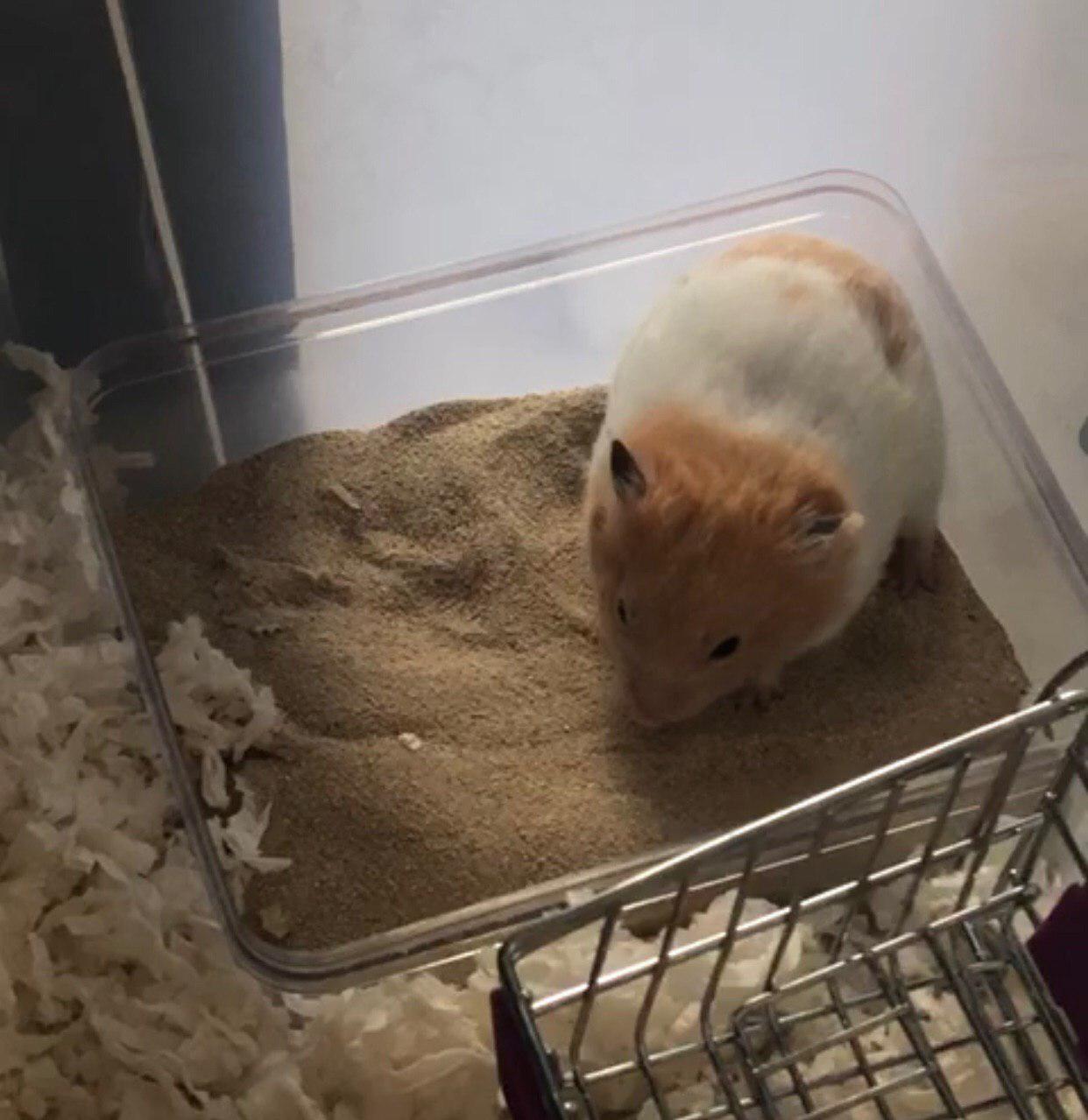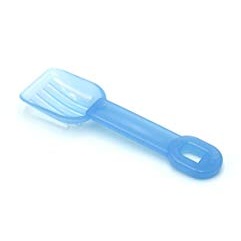TLDR;
Potty Training and Its Advantages
A potty trained hamster will urinate only in specific areas in the cage.
This is crucial to keeping your hamster’s cage as clean and hygienic possible, and greatly reducing the amount of time you spend cleaning!
In general, Syrians are easier to potty train than dwarves, as Syrians instinctively designate specific areas in their cage to “conduct their business”. Dwarves, on the other hand, tend to be less particular. While it is possible to completely potty train a dwarf, it is not uncommon that dwarves only end up partially potty trained.
Preparing to Potty Train
Find a container which fits snugly into the corner of your hamster’s cage.
You can use a triangle toilet or just a regular square/rectangular container that is big enough for your hamster to go to the toilet effectively.
Fill the potty with absorbent substrates.
Sand is the best choice, and wood or paper pellets are also good options. You can choose to use one absorbent substrate alone, like sand, or a mixture, like sand and pellets.
Sand is great as a potty substrate because it causes liquids to form isolated clumps. These are then easily scooped up during spot-cleaning.
The main advantage of paper and wood pellets is the odour control they provide. If you intend to spot-clean every day, these can be optional.
Popular brands for sand are Versele Laga Chinchilla Sand, WitteMolen Sand, Wild Sanko Sand, ReptiSand.
Popular brands for wood and paper pellets are Pewee Cat Wood Pellets, Nature’s Eco Cat Litter Substrate, Breeder Celect, and Critter Litter.
Important:
Use only unscented, dust-free sand to keep your hamster’s airways clear and healthy. The Versele Laga Chinchilla Bathing Sand is one of the most popular option for pawrents in Singapore.
Scented or dusty substrates significantly damage your hamster’s respiratory health and should be avoided at all costs.
Potty Training
Remove all of the soiled bedding from the cage and place it into your designated potty corner.
The cage must be completely “pee-free” except the potty, so be extra thorough in checking for traces of hamster urine.
If your hamster refuses to acknowledge your chosen potty corner, move it to another corner and try again.
Your hamster will eventually equate the scent of its potty with its location and understand that this is now the designated toilet area.
This process will take a while, so it is important to remain diligent and consistently remove any traces of soiled bedding outside the potty area as soon as possible. White paper bedding can help with the potty training process as they make “mistakes” easier to spot.
Rinse and repeat until your hamster learns to only pee in the potty!
Extra information and tips:
Dwarves instinctually bathe in sand, so if you have a dwarf and have chosen sand as your potty substrate, scoop up pee clumps as soon as you see them, and change the potty substrate often. Once every one or two weeks is the recommended frequency for dwarves.
Syrians, fortunately, do not have the habit of bathing in sand, so you can get away with changing your potty substrate maybe once every three weeks, or during routine cage cleaning.
If your hamster is older, it may be difficult to potty train them completely, so they may sometimes pee in their nesting area. Be sure to clean out their nests when that happens.
If your hamster is skittish and does not seem to be making progress in potty training, try placing the potty near your hamster’s nesting/sleeping area. An anxious hamster is usually reluctant to do its business outside of its comfort zone, so placing the potty within that zone may make potty training more successful.
Additionally, we strongly recommend buying a scoop! It makes spot-cleaning a breeze.
Please note that it is almost impossible to train your hamster to poop in a specific place, as they tend to defecate randomly, although their stools are most commonly in their nests or near their food bowls. Spot-cleaning is, unfortunately, the only way to deal with hamster poop. However, as mentioned above, using white or light coloured bedding, and a scoop, can make spot-cleaning simpler and quicker for you.
References:
VanillaHamHam. (2016, Mar 18). How to Potty Train Your Hamster [Video file]. Retrieved from https://www.youtube.com/watch?v=PRhsQhFK-1E
Hamster Hideout. (n.d.). Pregnancy & Birth. Retrieved from http://www.hamsterhideout.com/pregnancy.html


